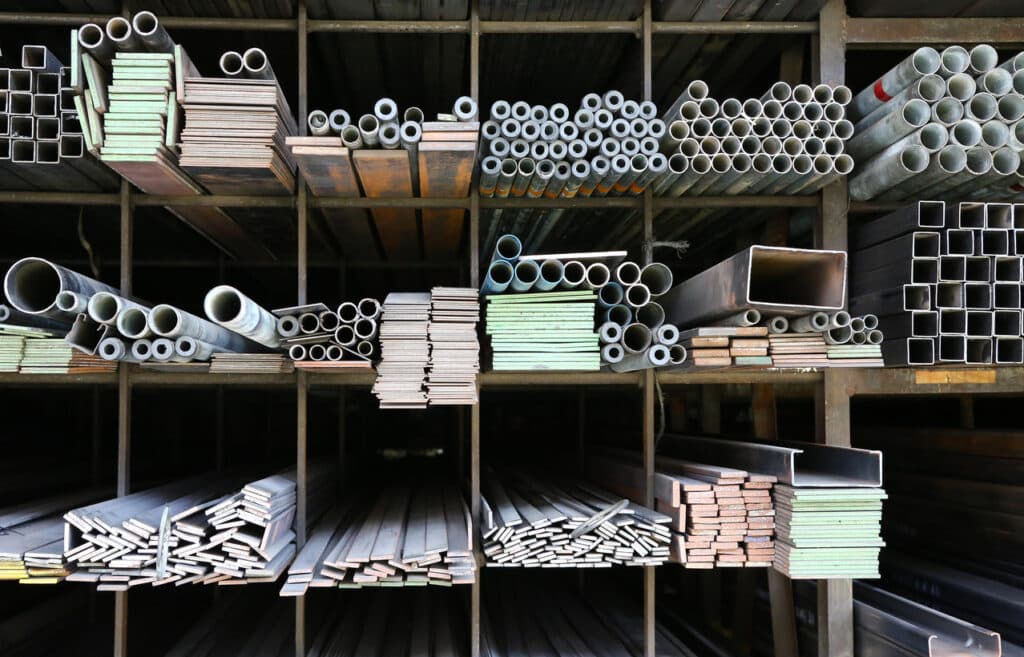
- Massive Range
- FREE UK Delivery
- Rapid Dispatch
- Massive Range
- FREE UK Delivery
- Rapid Dispatch
- Massive Range
- FREE UK Delivery
- Rapid Dispatch
Home » Steel vs. Aluminium: Decoding the Strength-to-Weight Ratio for Optimal Material Selection
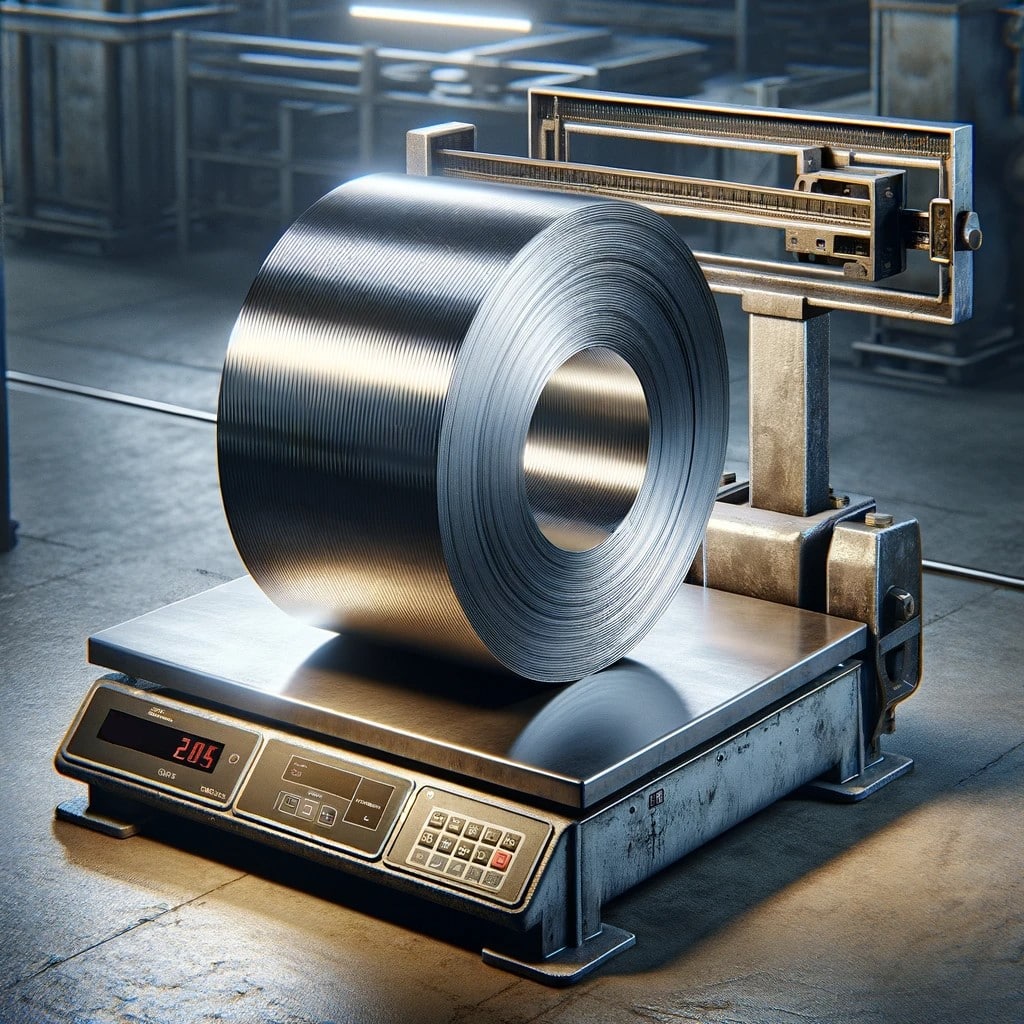
In the world of material science and engineering, the strength-to-weight ratio stands as a pivotal factor in material selection. It is a vital factor in how our customers select their material.
This ratio, a critical measure of a material’s performance under load relative to its weight, plays a vital role in myriad industries.
In aerospace, it dictates the balance between durability and flight efficiency; in automotive, it impacts vehicle weight, fuel efficiency, and safety; in construction, it influences the design and sustainability of structures; and in manufacturing, it affects product durability and portability.
The strength-to-weight ratio is not just a technical specification; it’s a cornerstone of innovation and efficiency in design and engineering. The quest for materials that offer high strength with less weight drives advancements in technology and industry, leading to breakthroughs in everything from fuel-efficient vehicles to resilient building structures.
We have produced this article to explore two such materials – steel and aluminium – understanding their unique properties in this context becomes essential for informed decision-making in a range of applications.
A hallmark of strength and durability, steel is an alloy primarily composed of iron and carbon, often enriched with other elements to enhance certain properties. This material is renowned for its exceptional tensile strength and durability. Steel’s versatility is seen in its various forms – from carbon steel, known for its affordability and strength, to stainless steel, renowned for its corrosion resistance and aesthetic appeal. Steel alloys, infused with elements such as chromium, nickel, or molybdenum, provide enhanced properties. Its importance in modern infrastructure can be seen in its role as a structural backbone in buildings and bridges, in automotive manufacturing for its resilience and safety, as well as in heavy industries.
Lightness paired with strength characterises aluminium, a silvery-white, soft, non-magnetic metal. A remarkable strength-to-weight ratio makes it the most abundant metal in the Earth’s crust. To enhance its properties, aluminium is often alloyed with magnesium, silicon, and copper. Due to its lower density, it is popular in industries that are concerned with weight. Lighter and more fuel-efficient aircraft are made possible by aluminum alloys in aerospace. As a result, they enable vehicles to be sleeker, lighter, and safer without compromising safety. Construction, packaging, and consumer goods benefit from aluminum’s corrosion resistance, its conductivity, and its ability to be easily formed into various shapes.
To us, comparing steel and aluminum in terms of their strength-to-weight ratio offers a fascinating insight into how material selection impacts different applications, each with its own requirements. This is a decision the we are constantly assisting our customers with.
In material science, strength-to-weight ratio, or specific strength, represents the balance between a material’s strength and its weight. For applications that require both high strength and low weight, this ratio is crucial. Material with a higher strength-to-weight ratio can withstand more force without adding unnecessary weight.
Despite steel’s greater strength, aluminium’s lower density provides a superior strength-to-weight ratio when compared to steel. Carbon steel, for instance, might have a tensile strength of 500 MPa, but its density is about three times that of aluminium alloys. An aluminum alloy like 6061, however, has a tensile strength of around 310 MPa while weighing significantly less. In applications like aircraft manufacturing, where weight reduction is as important as structural integrity, aluminium is a good choice.
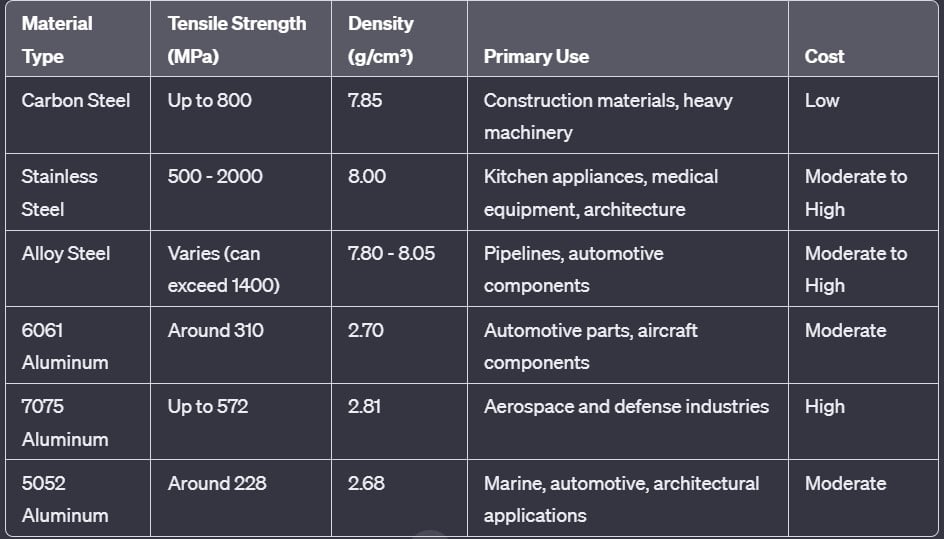
Each type of steel and aluminium alloy offers a unique balance of strength and weight, making it suitable for a specific application. Based on factors such as the environment, stress levels, and weight constraints, these materials are selected according to the specific requirements of the application.
Various industries have unique requirements, so choosing steel or aluminium has a significant impact. The automotive industry, for example, has shifted toward aluminium because lighter vehicles offer better fuel efficiency and reduced emissions. In areas requiring high strength, such as chassis and safety components, aluminium’s low weight contributes to improved performance and handling.
The stakes are even higher in aerospace. Historically, aluminium has been the material of choice for most aircraft components due to its excellent strength-to-weight ratio, resulting in lighter airframes and better fuel efficiency. The characteristics of advanced high-strength steels, such as their resistance to fatigue and wear, make them indispensable in other areas as well.
There are different considerations to be made in the construction industry. With its high strength and relatively low cost, steel is a mainstay of building infrastructure. Aluminium is increasingly used in architectural applications due to its corrosion resistance, lighter weight, and aesthetic qualities.
It is important to consider each material’s properties against the specific requirements of the application, such as environmental exposure, structural stresses, and budgetary constraints.
In the future, steel and aluminium will benefit from advancements in material science. Innovations will likely focus on improving the properties of these materials while minimising their environmental impact. Developments in alloy composition and recycling processes are expected to increase aluminium’s strength and sustainability. Steel’s strength-to-weight ratio and corrosion resistance are expected to improve as alloys and manufacturing techniques advance.
With the advent of emerging technologies, such as additive manufacturing (3D printing), these materials will be used in a more complex and optimised way than ever before.
Research into nano-materials and hybrid composites indicates that traditional material categories will be blurred in the future, leading to new solutions with unprecedented properties.
As a result of the comparison between steel and aluminium in terms of strength-to-weight ratio, the importance of material selection in various industries is evident.
Heavy-duty applications require steel’s strength and durability, while applications that require weight reduction benefit from aluminum’s lighter weight and corrosion resistance.
A comprehensive understanding of their properties, advantages, and limitations, tailored to the specific requirements of the application, should guide the choice between these materials. For a wide range of industrial and commercial products, informed selection is key to optimising performance, cost-efficiency, and sustainability.
As always, thank you for checking out our blog. We hope that this helps you with your project.
Please also check out the other articles in our helpful guide series. We have written about aluminium sheeting and checker plate recently to name but two of our articles.
We are also proud to sell this product on our highly popular eBay store, check us out there too.
If you have any further questions, feel free to contact us.

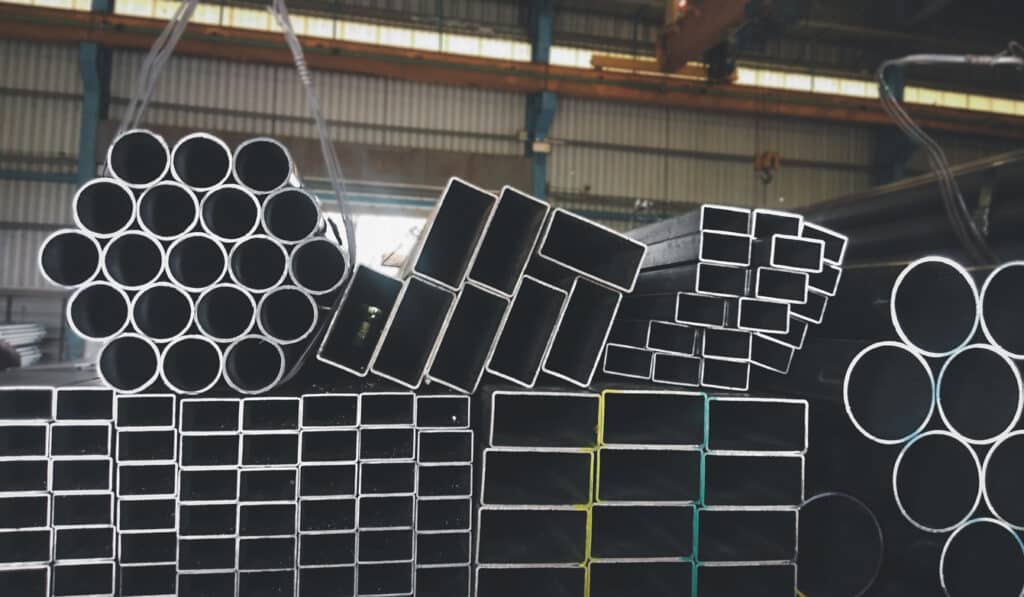
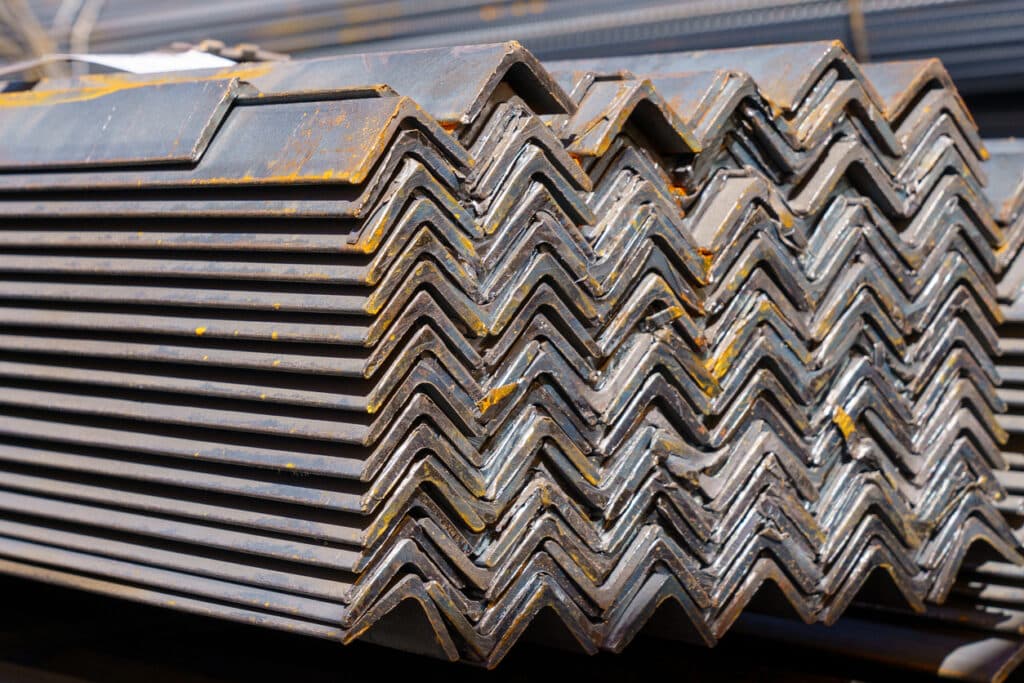

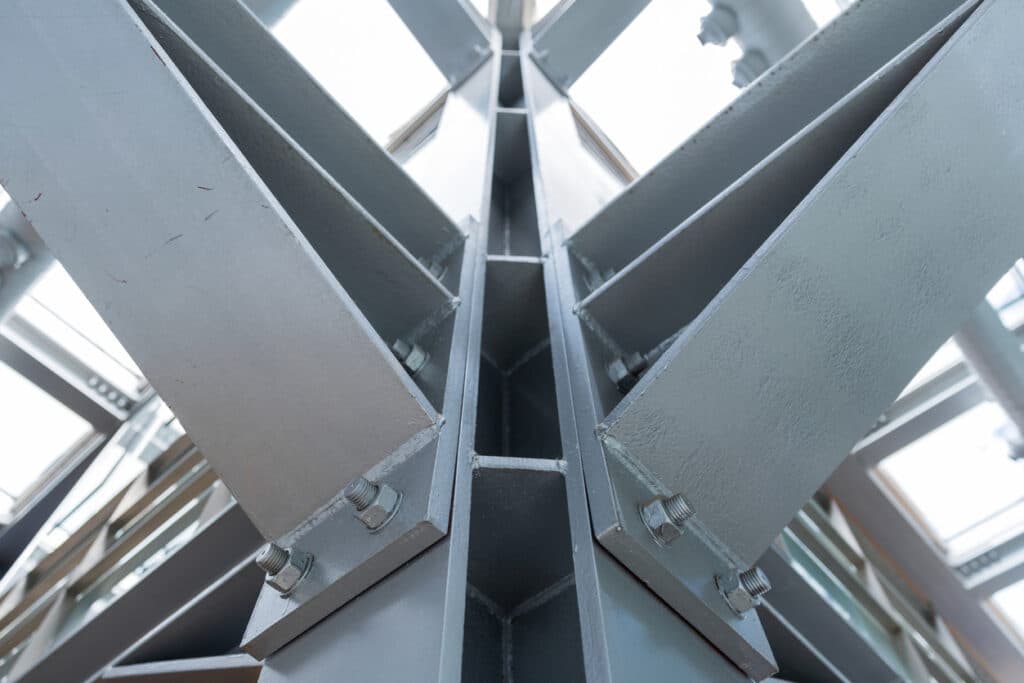

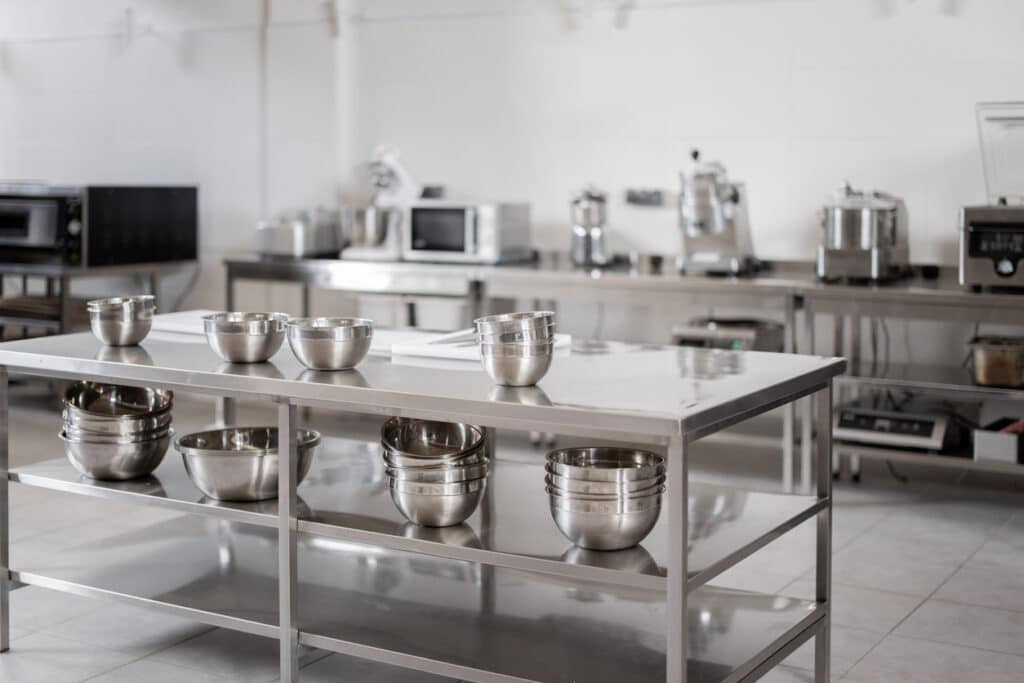

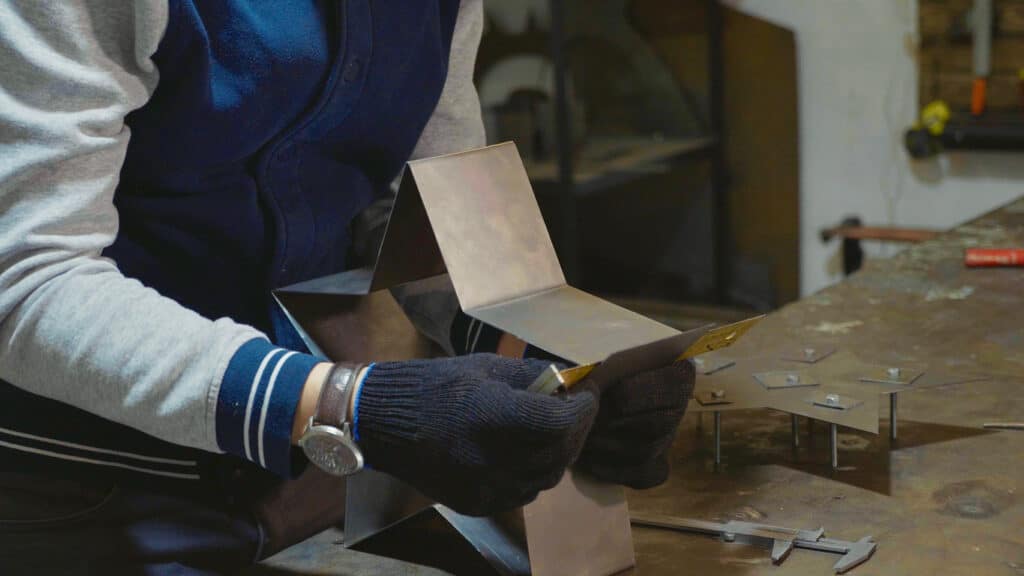
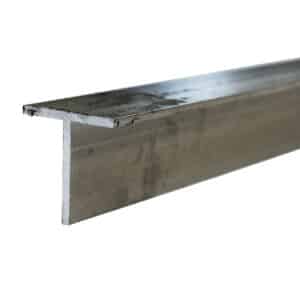
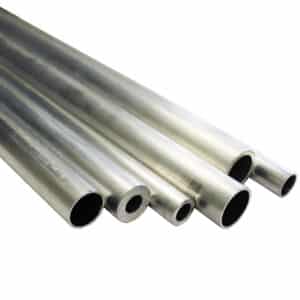
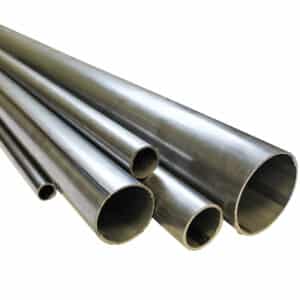
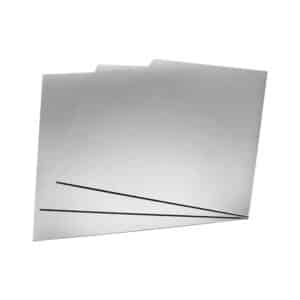
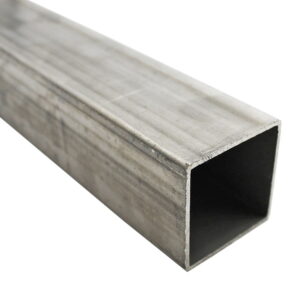
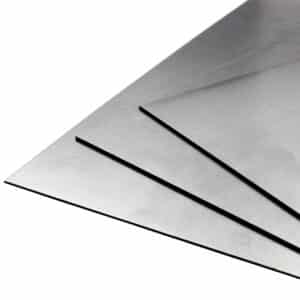
Speciality Metals
Unit 1, Farrell Street, Warrington,
Cheshire, WA1 2WW, United Kingdom
Quick Links
Payment Options
